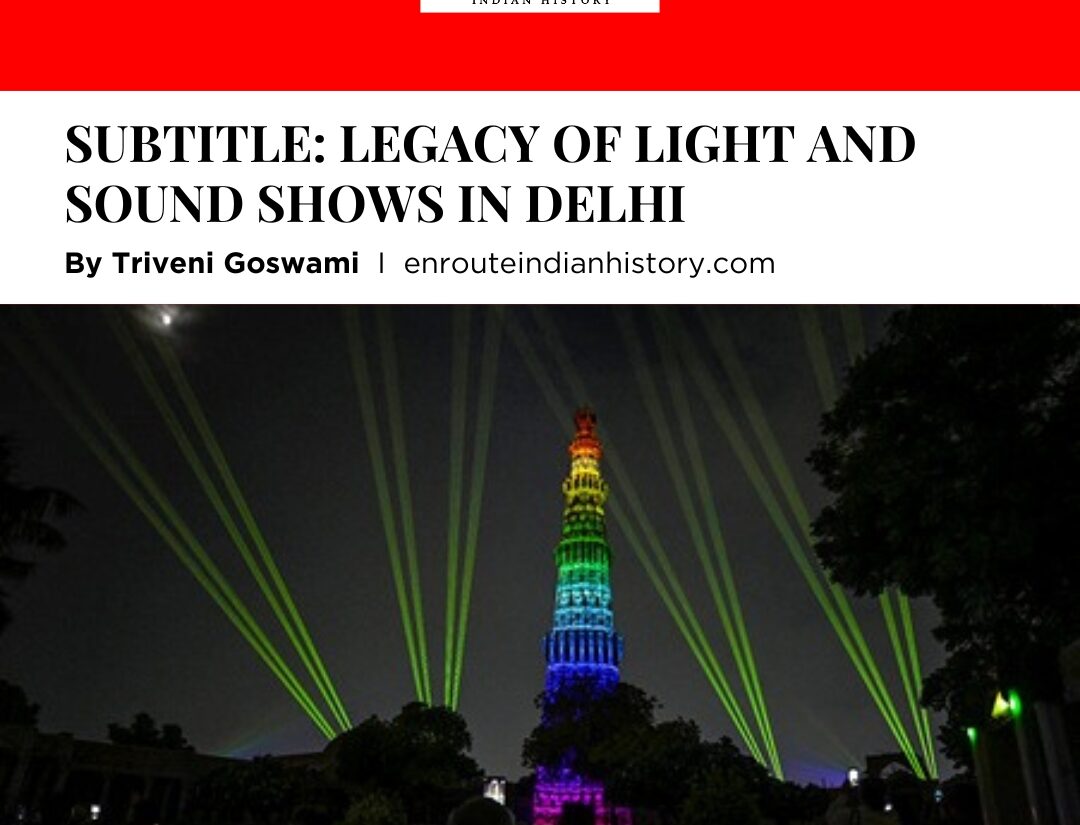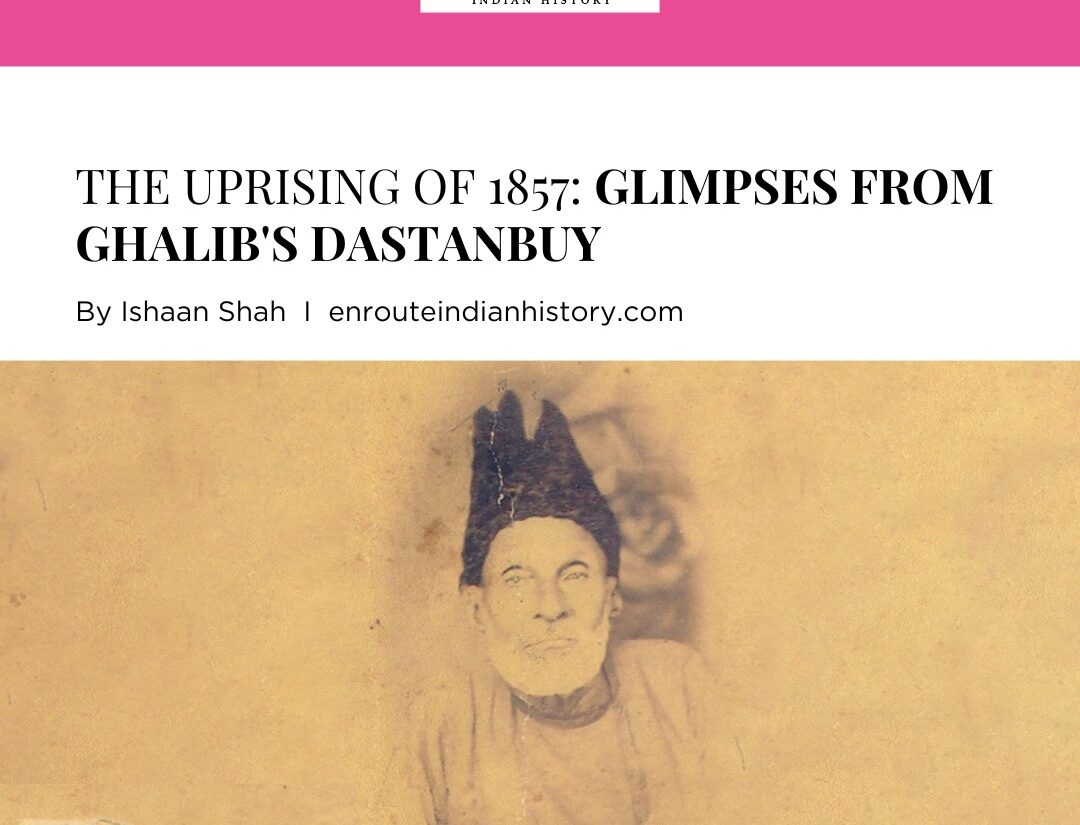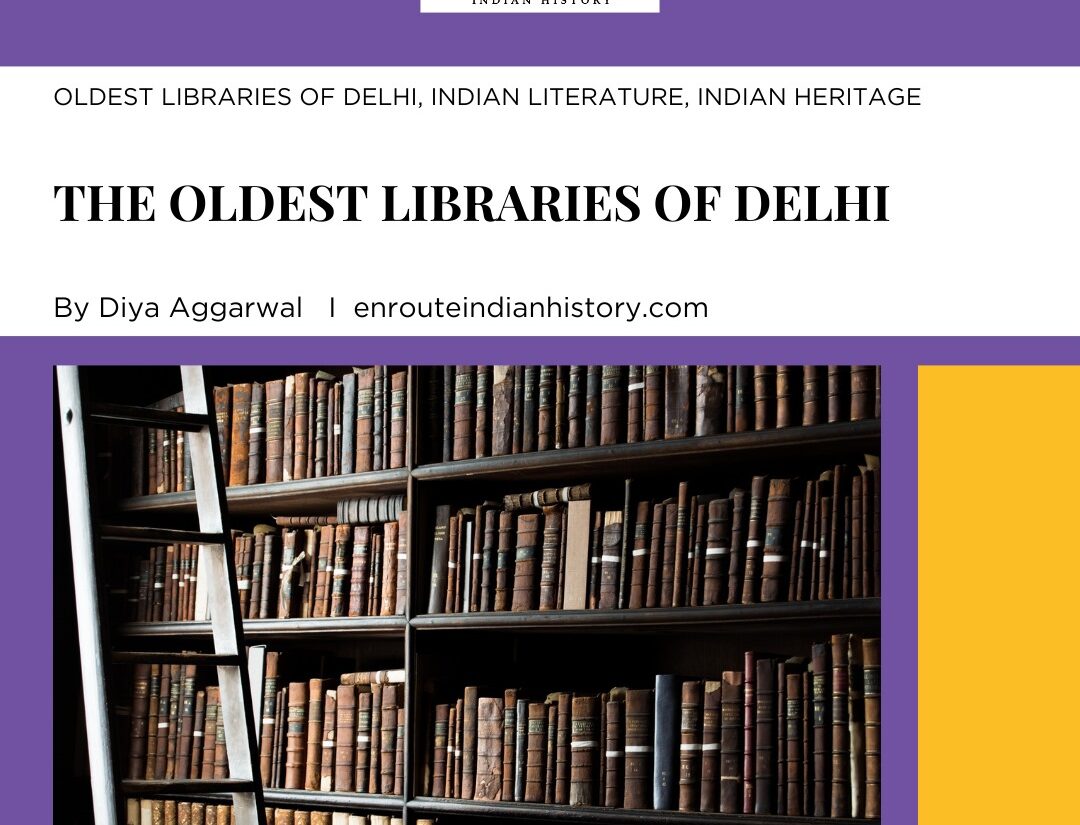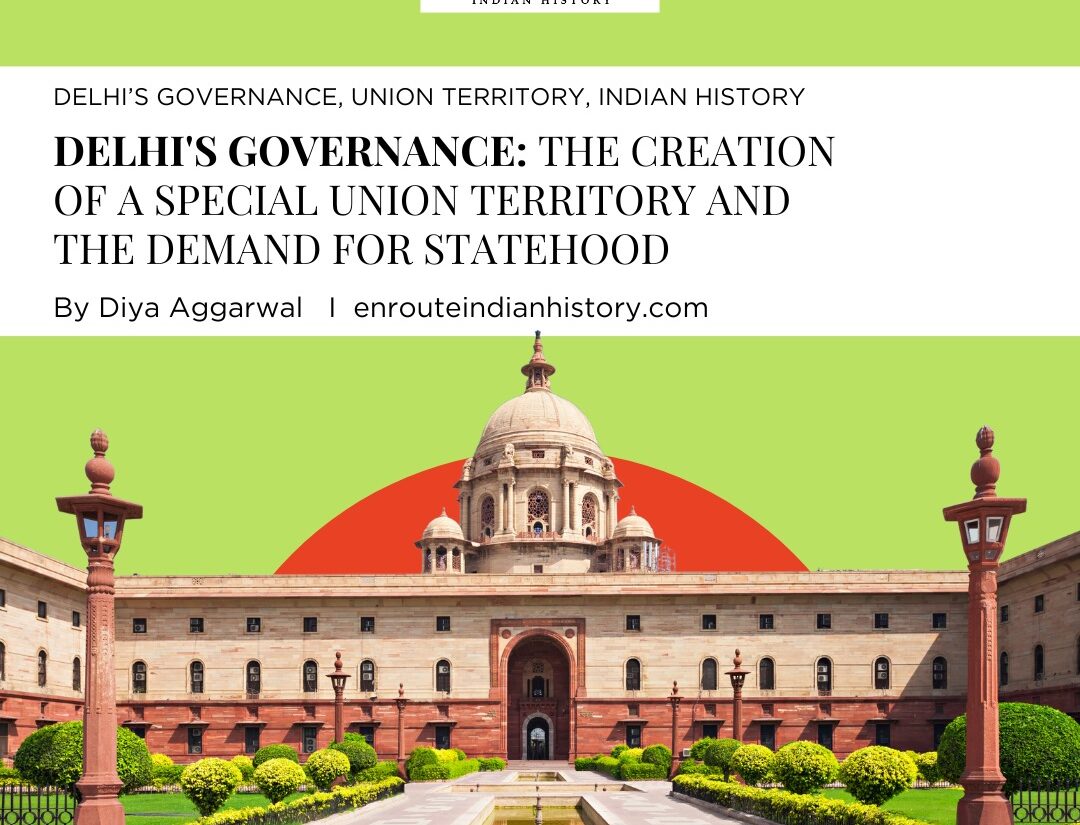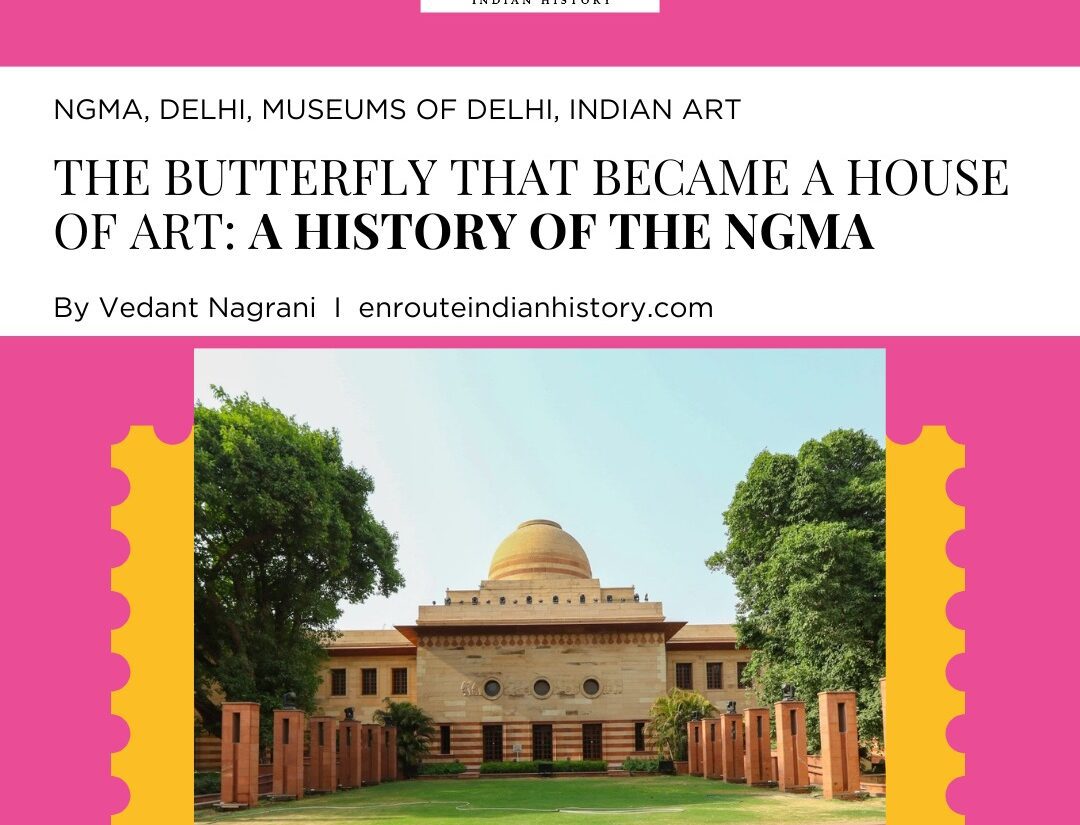
While Delhi as a city has an extensive history of its own, so do its world-famous art galleries which Delhi is also renowned for. These art galleries ranging from the Lalit Kala Akademi to the National Gallery of Modern Art have been some of the most important art and cultural spaces in India that have not only made art accessible to more and more people but have also helped shape the careers of several young artists by providing them with a platform to showcase their work. The National Gallery of Modern Art, however, has been even more significant than any other Indian art gallery due to its role in forming a national identity around culture and art at a very crucial juncture in Indian history, following the Independence of India from the British colonial rule. This article examines the history of the National Gallery of Modern Art and the complex interplay of artists, the Indian government, and artists’ organizations in laying the gallery’s foundation.
Originally designed and constructed in 1936 as the residential palace of the erstwhile Maharaja of Jaipur in the India Gate area of Lutyens’ Delhi like several other royal state houses, the Jaipur House, however, with an unpredictable turn of events, became not the palace of the Maharaja of Jaipur but a democratized palace of several Indian artists with their artworks carefully treasured in the building that is today known as the National Gallery of Modern Art (NGMA). The NGMA has had a complex history involving several stakeholders that have influenced the very structure, ideals, aims, and the very vision of the gallery impact of which can be traced even today. The very idea and vision of a national art gallery accessible to everyone was not raised by the Indian state but by an artists’ organization All India Fine Arts and Crafts Society (AIFACS) in a proposal dated back to 1938. Based in Delhi, the organization was founded by two artist-brothers Barada and Sarada Ukil who were also students of the prominent artist and founder of the Bengal school of art, Abanindranath Tagore, whose ideas contributed heavily to development of the modern Indian painting. The AIFACS not only had a vision and a dream of a national art gallery but its proposal also consisted of elaborate plans of how artworks would be collected from and would represent several regions and princely states across India. They had also attempted to collect money for their venture and sought the patronage of the princely rulers.

Source: NGMA Caption: A picture of the National Gallery of Modern Art, Delhi
Despite several rejections from the government, many of the demands of AIFACS were eventually met though not the way it would have wanted them to be met- with a decline in their own influence and the central role they had in Indian art circles. While AIFACS organised the first All India Art Conference where it was appointed as a central art body with a resolution, the significance of AIFACS underwent a decline with the emergence of several factions amongst artists and the rise of the All India Association of Fine Arts (AIAFA), Bombay and several Calcutta based art societies. The change in the power dynamics of these art societies can be understood by the fact that by the Third All India Art Conference in 1948, AIAFA also emerged as a central art organisation. The Art Conference organised in 1949 at Calcutta, however, was the game-changer in the art scene of India and Delhi when a discussion on the need of art institutions such as the National Museum (NM) and the National Gallery of Art and their role in the lives of the general public, amongst a panel of celebrated artists and critics such as Nandalal Bose, Jamini roy, Atul Bose, O.C. Ganguly amongst many others, along with the government, eventually led to the decision of creation of a pan-Indian body, the Central Advisory Board, for establishment of the NM and the NGMA rather than central authority being given to independent art societies. The Central Advisory Board also formed the three Akademis: the Sangeet Natak Akademi, the Lalit Kala Akademi and the Sahitya Akademi.
Though the power dynamics between these art societies changed over time, the significance of AIFACS cannot be neglected in the creation of the NGMA as it brought the issue of a national art gallery to the forefront of India’s cultural space and made the government realise its importance. However, several histories of NGMA do not give due credit to individual artists such as Amrita Sher-Gil and Abanindranath Tagore as well as their family members who have had an immense role in the creation of the institution. Arnika Ahldag, a PhD scholar and Associate Curator at the Museum of Art and Photography (MAP), Bengaluru, emphasizes on how the Central Advisory Board only focused on the collection of pre-modern art from 2500 BC to 1857 and believed it to be the nation’s cultural heritage which indicates the government’s vision “of a nation untouched by the colonizers to strengthen the new national identity, through the idea that the nation had already existed in a hoary past”. According to her, modern art got the due recognition only after Prime Minister Nehru’s support and after Dr. Victor Egan, the husband of Amrita Sher-Gil and Pratima Tagore, Abanindranath Tagore’s sister approached the Indian government with the works of Amrita Sher-Gil and Abanindranath Tagore, respectively. As Ahldag describes, Dr. Victor Egan offered 33 paintings of Amrita Sher-Gil for a payment of Rs. 50,000 and the permission to practice medicine in India due to which the Ministry of Education which then handled matters of culture requested the Ministry of Finance to help with the payment which the latter refused citing the PM’s directive “to avoid all unnecessary expenditure”. Further, Amrita’s father Mr. Umrao Singh also offered several works to the government on the precondition that they also acquire Dr. Egan’s collection. Realising the urgency of storing these artworks and the importance of Amrita Sher-Gil’s artworks, Jawaharlal Nehru himself took up the issue and promised Dr. Egan the requested amount. Eventually, the paintings were acquired by the government and in a similar fashion, Abanindranath Tagore’s 66 artworks were also acquired by the government after some economic negotiations. As Arnika Ahldag notes, this acquisition of 161 paintings by the NGMA at the time of its inauguration heavily influenced its collection, the impact of which can be observed till date, as the paintings of Amrita Sher-Gil and Abanindranath Tagore then comprised more than half of NGMA’s collection. As Ahldag emphasizes:
“When categorized, organized, and framed by the Museum’s authoritative narratives, this body of works would become central to the formation of a canon of modern Indian art.”
On the 29th March of 1954, the National Gallery of Modern Art was inaugurated by the-then Vice President Dr. S Radhakrishnan and the Prime Minister Jawahar Lal Nehru as it became India’s first public art gallery and one of the world’s largest galleries of modern art. The art gallery was situated in the Jaipur House, as mentioned before, whose structure as a butterfly shaped building with a central dome, designed by Sir Arthur Blomfield, became one of the most visited cultural spaces of Delhi- and probably the only butterfly that became an art gallery.

Source: NGMA Caption: The butterfly structure of the Jaipur House
With the development of a new wing of the NGMA in 2009, the space of the art gallery has increased by six times. With the establishment of a new auditorium, a preview theatre, conservation laboratory, an art reference library, a cafeteria, and a museum shop, NGMA has witnessed a lot of development in the past few decades. Today, NGMA is not merely an art gallery for the Delhiwallahs but also the perfect place for dates. As NGMA continues to develop, it must work on some of its significant issues such as excessive lighting of artworks, lack of new artworks in the museum shop and the lack of access to the library due to renovation. Apart from these issues, the butterfly continues to fly.
References
- Ahldag, Arnika. “In transition: Collection building at the National Gallery of Modern Art in New Delhi.”The Chitrolekha Journal on Art and Design, vol. 5, no. 1, 2021, pp. 1-8.
- “History.” Ngmaindia.gov.in,
https://sites.google.com/view/ngmaindia/home/history?authuser=0
- “National Gallery of Modern Art, New Delhi.” Mapacademy.io,
https://mapacademy.io/article/national-gallery-of-modern-art-new-delhi/

